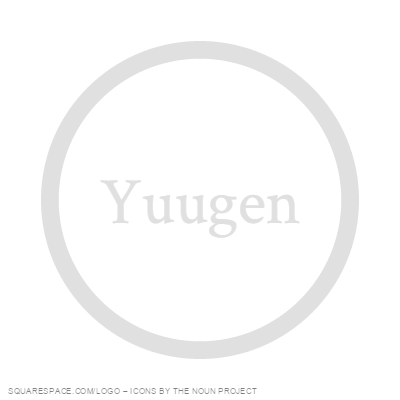Sengakuji
Originally founded in 1612 by the founder of the Edo period, Tokugawa Ieyasu, Sengakuji was built near Edo castle in the center of Edo (Tokyo) before fire burned it down and it was reconstructed at its present site in southern Tokyo near the train hub of Shinagawa. Sengakuji is best known for a special graveyard and series of markers for 47 samurai who avenged their master and then killed themselves to retain their honor. This true story became so famous that a Kabuki play was written to tell a fictional version of the story called Chûshingura. On a side note, don't see the 2013 movie version, it's simply atrocious. For the story, read below from the second paragraph.
For the casual: 7. For the educated: 10.
Ok, this was a temple that really made me happy in all forms of the word. I didn't know about the grave of the 47 Ronin when I visited, but I found the grave-marker and turned into a little kid. This temple is actually in danger of being undermined by proposed building construction in the surrounding area which would cut into the temple property itself. This temple is a really cool place to visit and everyone who has at least heard of Chûshingura should make sure they visit. The little store across the street from the entrance sells all sorts of stuff including souvenir quality katana and chopsticks made out of fine wood. I bought sets made of ebony and rosewood.
I will now do my best to give you the short version of the 47 Ronin.
Back in the Edo period, it was required that regional lords pay their respects to the shogun themselves once every year. In 1701, Lord Asano, the young lord of Ako (the region west of Himeji in modern Hyogo Prefecture) travelled to Edo and was assigned to tend to the emperor’s envoy at Edo castle alongside Lord Kira, a serior official in the capitol. Lord Asano was uneducated in court etiquete and had to learn from Lord Kira. To pay his respects to his senior, Lord Asano presented him with gifts, but Lord Kira claimed that not only were the gifts garbage but also how such garbage reflected both the man and the region where they came from. In anger, Lord Asano drew his sword and wounded Lord Kira, but the act of drawing a sword in the home of the shogun was a violation of shogunate law and Lord Asano was instructed to commit seppuku. Even though Lord Kira was certainly a fault for provoking the rage of the younger lord, he received no punishment for his part in the affair. Following the death of their lord, Lord Asano’s samurai retainers were expected to follow their lord and commit seppuku themselves, but 47, angry and determined, stayed their blades and declared vengence against Lord Kira for getting Lord Asano killed. To protect himself, Lord Kira fortified his mansion and increased the number of guards. Those 47 accepted the title of ronin, meaning wandering and masterless samurai, and scattered across the country waiting for Lord Kira to let his guard down.
Two years later on December 14th, 1703, the 47 returned to Edo and ran around Lord Kira’s neighborhood that night, informing all of their intentions and requesting that no one interfere, before meeting up again outside the mansion. Disguised as memebers of the fire brigade, they entered the mansion and attacked, suffering no casualties themselves while killing 40 of Kira’s men. Lord Kira was found an hour later in a storage shed in nothing but his undergarments. The 46 offered Kira the chance to take his own life with honor, handing him the same sword Asano used to end his own life, but Kira was a coward and couldn’t do it, so they cut off his head. Word spread fast of the ronin’s deeds and crowds gathered to cheer the ronin as they walked to the resting place of Lord Asano at Sengakuji where they placed Kira’s head before the grave. With their oath fulfilled, they quietly awaited arrest in the courtyard of the temple.
Though all applauded the honor of the 47, including the shogun himself, the 47 were sentenced to death for their crimes. Rather than by execution the way the law required, the 47 were invided to commit seppuku, to die with honor and respect. Each of them was buried in a seated position atop their heels with their heads (because decapitation during seppuku is a high honor to relieve the person of pain before it gets too intense) resting on their laps. The story of these warriors became so beloved that the kabuki theaters wished to tell their story as well, but with a sensor against art about real people or current events, the story was slightly altered into the now classic play: Chushingura. The play is still performed at theaters across Japan and the deeds of the ronin are remembered to this day. It’s referred to by many names including: The Ako Incident, The 47 Ronin, or sometimes simply as The 47. Today, festivals at both Sengakuji and at the Ako Castle Ruins in Hyogo Prefecture celebrates the 47 Ronin every year on December 14th.
Fun fact, the residence where Lord Kira was killed is only a few blocks from the Sumo Stadium in Ryogoku. While the masion is no longer there, there is a small wooden placard identifying the location.
Looking at the old main gate from within the compound.
